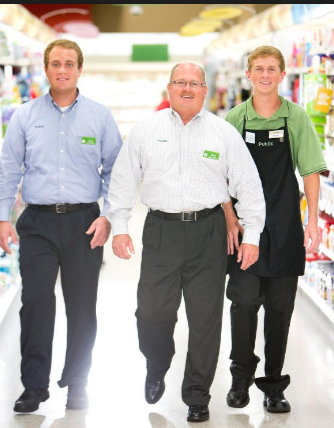Tag: engages employees

Is Employee Engagement the Publix Culture Backbone?
A family-run Publix Grocery Store is both the largest employee-owned company and the most profitable grocer in America. Those two facts are linked, aren’t they? They might be the formula for helping to win the war on employee engagement and build an excellent Publix culture backbone. People will forget what you said, people will forget…